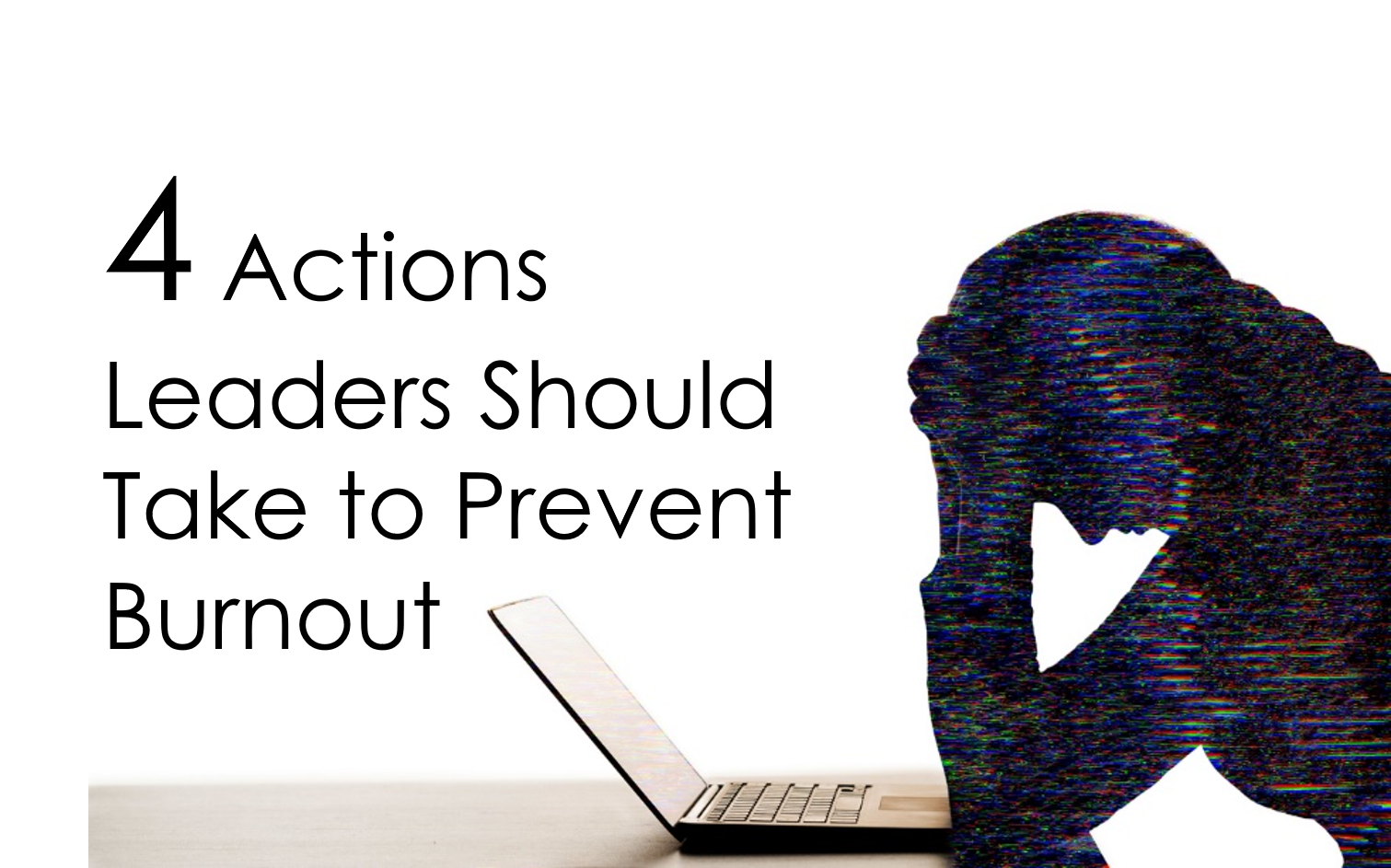
If you were to ask a friend or family member how they’re feeling right now, their answer might be, “stressed,” “burnt out,” or “overwhelmed”. That’s what vacation is for, right? Well, two to four weeks of PTO is not enough to relieve the burnout employees are facing.
Just look at the numbers. Employees who say they very often or always experience burnout at work are:
- 63% more likely to take a sick day.
- 23% more likely to visit the emergency room.
- 6 times more likely to be actively seeking a different job.4
Clearly, that stress is outpacing PTO’s ability to deal with it. Leaders often recognize this, but don’t know what to do about it.
Burnout Is a Business Problem
According to Webster’s dictionary, burnout is, “physical or mental collapse caused by overwork or stress.”1 The primary driver is occupational stress, but it’s not that simple. Other factors often contribute to burnout, including unrealistic work expectations, health issues, family caregiving responsibilities, and the uncertainty of environmental and societal change.
Over time, our “energy bank” that started with a healthy balance becomes overdrawn. We might experience physical and emotional effects like fatigue, attention problems, irritability, anxiety, and depression.
In this state, we can’t show up for work as our best selves.
We become pessimistic, defensive, apathetic, disengaged, and isolated. In fact, the norms of many workplaces keep us from being nipping burnout in the bud by speaking up and seeking help. Stressed employees are simply not strong enough to deliver on organizational goals.
What Leaders Can Do
- Lead. Take an active role in preventing and addressing burnout. Feeling seen and supported by leadership goes a long way.
- Streamline. Help employees work smarter, not harder. Promote reasonable workload management, through teaming, delegation, and flexible goals and metrics.
- Empower. Set clear goals and expectations in collaboration with individual employees. Make sure work expectations consider the risk of burnout. Use an ongoing development process that acknowledges the need to avoid burnout.
- Nurture. Prioritize holistic well-being. Recognize that employees with full, healthy lives perform better. Promoting health and happiness is a great investment in your workforce.
The play is proactive reduction of stress. The goal is a culture of balance that supports sustainably strong performance.




